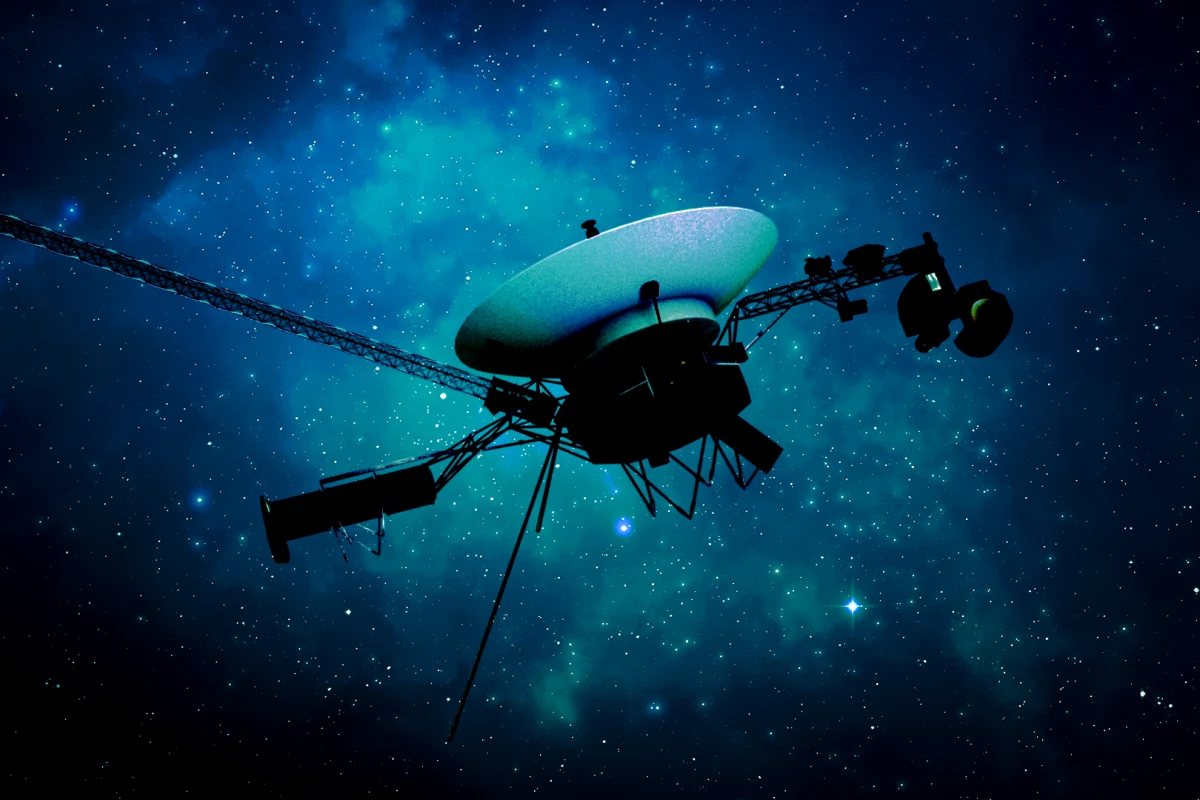One of the two oldest, active spacecraft has a new lease on life, with NASA getting the 47-year-old Voyager 1 deep space probe to send back engineering data for the first time since November 14. Until now, all the craft could return was gibberish.
We're so used to seeing technology rapidly fading into obsolescence that it's easy to regard it as being fundamentally ephemeral. After all, even if you have a smartphone from 10 years ago, it probably won't have enough memory or processing power to function properly – if it functions at all.
It's therefore somewhat on the astonishing side to come across not one, but two pieces of complex technology that has been operating on their own for almost half a century while being 15 billion miles (24 billion km) and counting from the closest screwdriver.
When Voyager 1 and Voyager 2 were launched in 1977, they were only expected to operate for five years and check out shortly after their visits to Jupiter, Saturn, Uranus, and Neptune. Instead, their lifespans have extended by a factor of 10 despite flying through the deadly radiation belts of Jupiter and decades of being exposed to cosmic rays and intense cold as they hurtled out of the solar system.
That's pretty impressive for spacecraft that use microchips developed before the first desktop computers hit the market. It's even more impressive when you consider that the team that launched the Voyager missions are now long retired or dead and that the manuals they left behind are yellow with age. The only thing comparable is the US Minuteman ICBMs that still run on eight-inch floppy discs, as does the US air traffic control system.
Best not to think about it.
Over the years, Mission Control has nursed the Voyagers along in order to extend their service life. Unused systems are shut down and shut down ones are brought back to replace failing ones. There's also a lot of delicate energy budgeting as the engineers keep a close eye on the nuclear power systems as they inevitably use up their plutonium fuel.
However, all of this would be pointless without the onboard computers that not only gather and relay scientific data to Earth, but also return vital engineering telemetry on each craft's systems.
Last November, Voyager 1 developed an alarming fault as it sent back what can only be described as a stream of gibberish. The probe was still receiving commands, but the engineers had no idea what was going on.
Since then, attempts have been made to correct the problem, but this is a long, tedious exercise because every radio signal sent takes 45 hours to get a reply due to the vast interplanetary distances. Fortunately, a signal sent in March prompted Voyager 1 to send back a dump of its entire memory. This allowed engineers to narrow down the problem to a single microchip that had either worn out or had been hit by a cosmic ray particle.
According to NASA, Mission Control has come up with a way to work around the damaged chip, though the primitive computers with their tiny memories make this a bit tricky. The method involves breaking up the affected code into sections and moving them to different parts of the flight data subsystem (FDS). The tricky bit is to tag the different sections and to get them all to work together once again as a whole.
If this fix is successful, NASA hopes to get Voyager 1 to send back its science data with a similar repair.
Source: NASA





